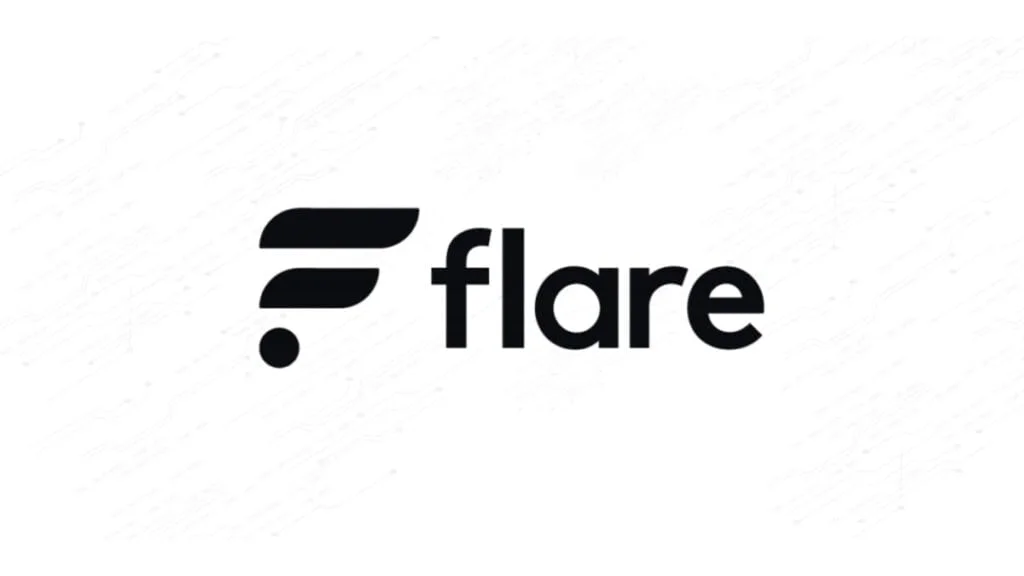Two essential protocols for Flare, which will support decentralized interoperability applications, have gone live.

After launching two key protocols for decentralized interoperability apps, Flare, the layer-1 Ethereum Virtual Machine (EVM) blockchain, went online on January 10.
The blockchain network enables programmers to make interoperable applications for various blockchain ecosystems and online platforms. On March 2, less than a month later, Flare accepted Sparkles, a non-fungible token (NFT) platform, to its layer 1 oracle network.
The statement states that the Sparkles NFT platform’s main objective is to focus on the compatibility of native Flare protocols in order to expand the use cases for NFT utility.
The NFT platform intends to address further pressing problems in the area, such as IP rights, by tying on-chain IP licensing to upcoming collections. After becoming a DAO, Sparkles intends to decentralize both its infrastructure and core technologies.
Sparkles has handled 90% of NFT sales since its launch on Songbird, Flare’s canary network, in January 2022, accounting for $3.5 million in revenue. Presently, it houses 3,200+ collections.
Moreover, Sparkles pledged to achieve net-zero by 2023 when it signed the Crypto Climate Agreement in 2021. The platform claims that through retiring carbon credits through the Toucan bridge, it has attained an environmentally favorable position.
In 2023, interoperability will be a major theme in the decentralized sector. The capacity to scale and onboard more users is one of the main goals of many businesses and communities in the area.
In order to establish safer options for the installation of interoperable solutions, new tools including trustless bridges have been introduced. The Web3 Domain association recently gained 51 new members, and as a result, it announced interoperability as one of its primary areas of concentration for the coming year.
